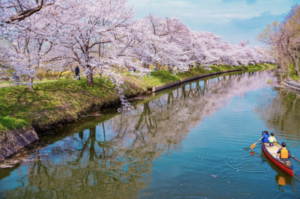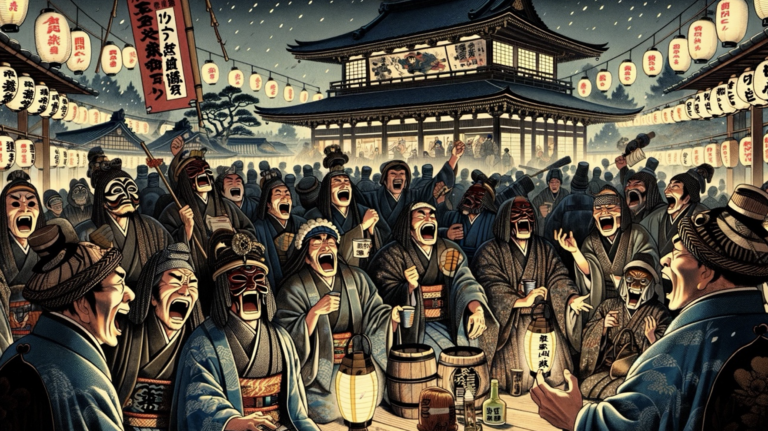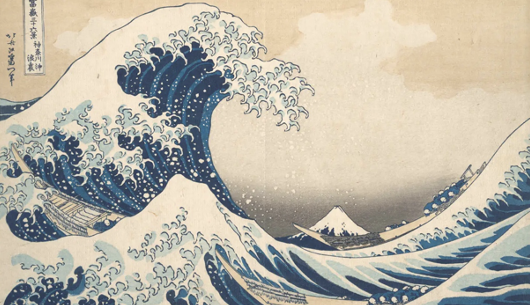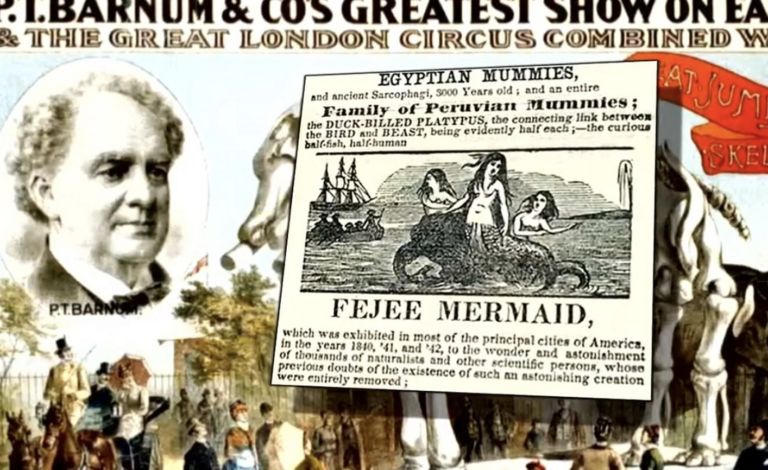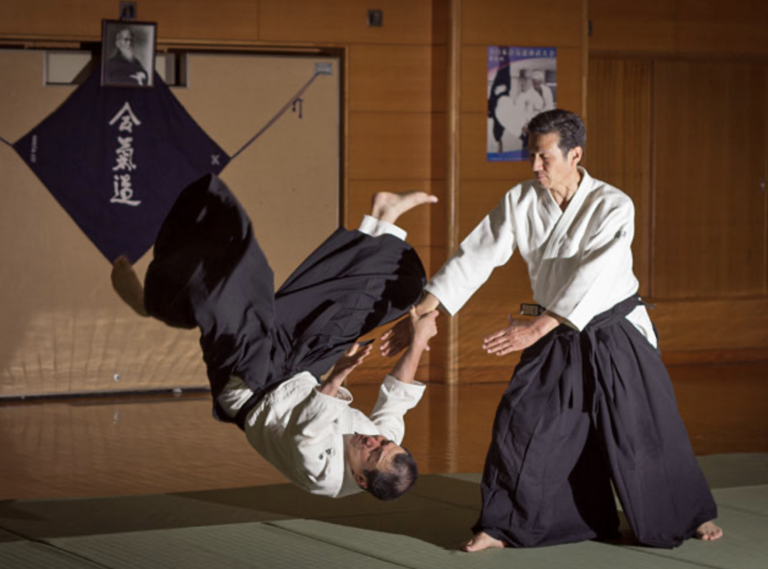The connection between cherry blossoms and death. The aesthetics of decay
Japanese cherry blossoms bloom beautifully from the end of March to April, or around May in colder areas. They are loved not only by the Japanese but also by people all over the world, and many foreigners come to Japan to see the cherry blossoms.
The cherry blossoms that symbolize Japan
The Somei-Yoshino variety, which was created through breeding and is synonymous with Japanese cherry blossoms, is a variety that cannot be increased in number through natural cross-breeding. All Somei-Yoshino trees in Japan have the same DNA and are clones.
It is said that there are millions of them in Japan alone. So why is it that Japanese people love this variety of cherry tree so much?
In this article, I would like to talk about the Japanese people’s aesthetics of perishing.
The characteristics of Somei-Yoshino
There are many other varieties of cherry trees, but Somei-Yoshino cherry trees are very different from other ones.
- Flowers fall before leaves appear
This is the characteristic that makes Somei-Yoshino look beautiful. The flowers appear first on the branches, and leaves emerge after the flowers have fallen.
When the flowers are at their most beautiful, the green color of the leaves does not overlap, which makes the color of the flowers look beautiful.
- Beautiful color
Unlike other varieties, the color of the flowers is not dark. Up close, they are near-white, and from a distance, they are slightly pink. This subtle hue is very beautiful!
- Beautiful blooms
While some other varieties have flowers that clump together to form a rounded mass, the Somei-Yoshino blooms beautifully when they are scattered over the entire branch, giving the entire tree a pale pink appearance.
Flowers that evoke the image of an ideal farewell or death
Despite the beauty of these flowers, Japanese people associate them with “farewells” and “death”.
Have you ever seen these scenes in Japanese movies?
- When the main character dies, the cherry blossoms are blooming beautifully outside.
- A samurai committing seppuku amidst falling cherry blossoms.
- Beautiful cherry blossoms in the background when the lovers part.
The aesthetics of decay
There is a Japanese aesthetic of decay called a “view of life and death”. It refers to the aesthetic sense of how to die. All human beings will die someday, and we live our lives to be the most beautiful we can be at that moment. Instead of aiming to stay alive at all costs, die beautifully and properly as a human being.
This is the Japanese view of life and death.
Cherry blossoms bloom all at once, displaying their greatest beauty, and then quickly drop, blown away by the wind. Other flowers, such as roses, remain on the branches even after they finish their beautiful flowering period and turn brown. Cherry blossoms are gone within just a few days after they are in full bloom. They do not show a change in color while remaining on the branches.
The Japanese people’s view of life and death is linked to their desire to be as beautiful and graceful as the cherry blossoms when they die.
I want to gather under the cherry blossoms of my hometown
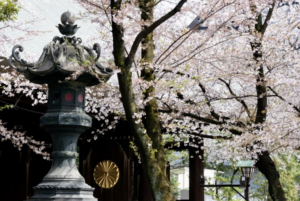
Japan suffered many deaths in World War II. Especially in the latter half of the war, soldiers were sent into battle as if it were natural that they should die. Their motto was “Let’s meet under the cherry blossoms of Yasukuni.”
Yasukuni is a shrine in Tokyo that enshrines those who died for Japan.
Yasukuni is the place where those who fought for Japan and died gracefully gather. The cherry blossoms at Yasukuni are large and very beautiful. Some people say it is beautiful because it gathers the souls of those who died for Japan.
The meaning of Yasukuni Shrine is to feel the image of their souls gathering at Yasukuni and drinking together under the beautiful cherry blossoms and to thank those who died to protect Japan.
If you see cherry blossoms not only for their beauty but also for their loneliness, you may understand the Japanese view of life and death.
And while being conscious of the view of life and death, why don’t we drink sake together under the beautiful cherry blossoms?
ABE KENGO


